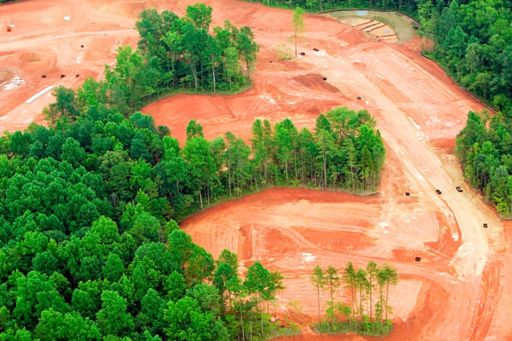Stakeholders, investors and regulators are now, more than ever, keen to understand how companies are addressing the impact of climate change (both transitional and physical). What risks and opportunities have been identified? What assumptions have been made in their analysis? How have strategies been flexed or redefined to minimise risks and maximise opportunities?
Transparency is key.
Australia’s top 100 companies are ahead of the world’s largest 250 firms (the G250) in multiple criteria for good climate risk reporting, our global and Australian analysis has found. However, Australia is falling behind the G250 in reporting on the transition to net zero.
Global survey
KPMG conducted a global report of the world’s largest 250 companies. Towards net zero: How the world’s biggest companies report on climate risk and decarbonisation which aims to help corporate reporting, investor relations and sustainability professionals shape their own company’s reporting on climate risk and net zero transition. It may also help investors, lenders, insurers, asset managers and ratings agencies understand the current reporting maturity of the world’s leading global companies and the gaps where improvement is needed.
It sets out 12 criteria for best practice climate risk disclosures, grouped under four themes: governance, identification, and impacts climate-related risks and reporting on a net zero transition. The Australian supplementary research then compares ASX100 performance against these criteria with the G250 and breaks the findings into industries.
Australian supplement – Top companies significantly improve their climate reporting
Towards net zero: How the top Australian companies report on climate risk and decarbonisation shows that while there has been progress since 2017, there is still room for improvement across select best practice reporting criteria. Assessing how, when and where climate risks and opportunities may impact your business model is a critical first step. The second is disclosure of these potential impacts and your strategic responses in your reporting suite.
Globally, the technology, media and telecommunications sectors are out in front with respect to reporting climate change as a financial risk. In Australia, the mining sector, financial services and construction and materials most frequently acknowledge that climate change is a financial risk to their business. While these industries acknowledge climate risk, only 62 percent of mining, 50 percent of financial services, and 57 percent of the construction sectors state that they report in line with the TCFD recommendations.
Governance of climate-related risks
Australian companies are ahead of the G250 in acknowledging climate change as a financial risk to their business. This is on-par with other leading countries.
78 percent of ASX100 companies are acknowledging climate change as a financial risk. This is up from 52 percent in 2017. Only 56 percent of the G250 acknowledge climate change is a financial risk to their business.
58 percent of the ASX100 report using the Task Force for Climate-related Financial Disclosures (TCFD) framework. Up from 16 percent in 2017. While only 37 percent of the G250 reporting using TCFD.
Impacts of climate-related risks
Scenario analysis is the primary approach in the TCFD framework to understand and disclose the impacts of climate change. Scenario analysis helps companies understand how they might evolve and adapt to different climate, economic or regulatory conditions.
20 percent of ASX100 companies surveyed use scenario analysis to model the impacts of climate change on their business.
Identifying climate-related risks
When it comes to corporate reporting, presentation matters – and the presentation of climate risk information is no exception. It is best practice to publish climate-related information in the annual report, integrated financial report or standalone TCFD report.
32 percent of the ASX100 follow best practice by including TCFD disclosures in their annual/financial integrated report or in a standalone TCFD report, up from 4 percent in 2017.
Reporting on the Net Zero emissions
The ASX100 underperform the G250 in setting carbon targets and science-based targets.
76 percent of the G250 have set carbon targets, compared to 67 percent of ASX100 companies (up from 47 percent in 2017).
17 percent of ASX100 companies state they are reporting in line with science-based targets, with a further 6 percent stating they intend to report in line with science-based targets in the future. Whilst this places Australia at the lower end compared with other leading G250 countries, it shows some Australian companies are working towards reducing carbon emissions.
Click on the wheel to discover how the world's largest companies perform for each of the 12 quality criteria
KPMG has developed 12 quality criteria for good corporate reporting on climate risk and net zero transition.
The criteria are based on the insights of climate disclosure experts at KPMG firms, combined with key elements of the Task Force on Climate-related Financial Disclosures (TCFD) recommendations, other reporting frameworks and evolving best practice.
KPMG professionals used these criteria to analyse and compare the maturity of climate risk and net zero reporting by the world's 250 largest companies.










